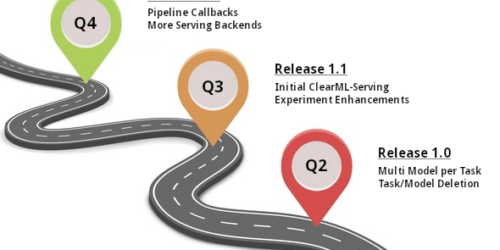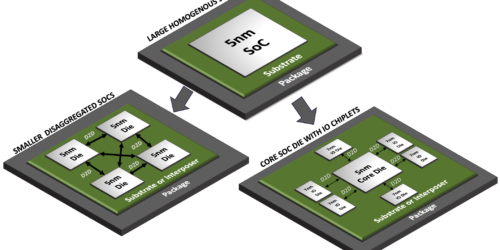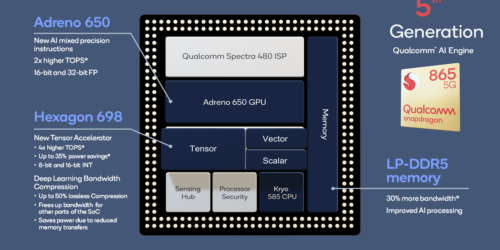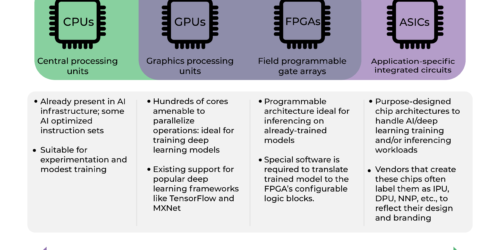ClearML Community Roadmap
This blog post was originally published at ClearML’s website. It is reprinted here with the permission of ClearML. “I MAY NOT HAVE GONE WHERE I INTENDED TO GO, BUT I THINK I HAVE ENDED UP WHERE I INTENDED TO BE.” – DOUGLAS ADAMS ClearML – The Road Ahead Few things in life are certain, least […]
ClearML Community Roadmap Read More +











